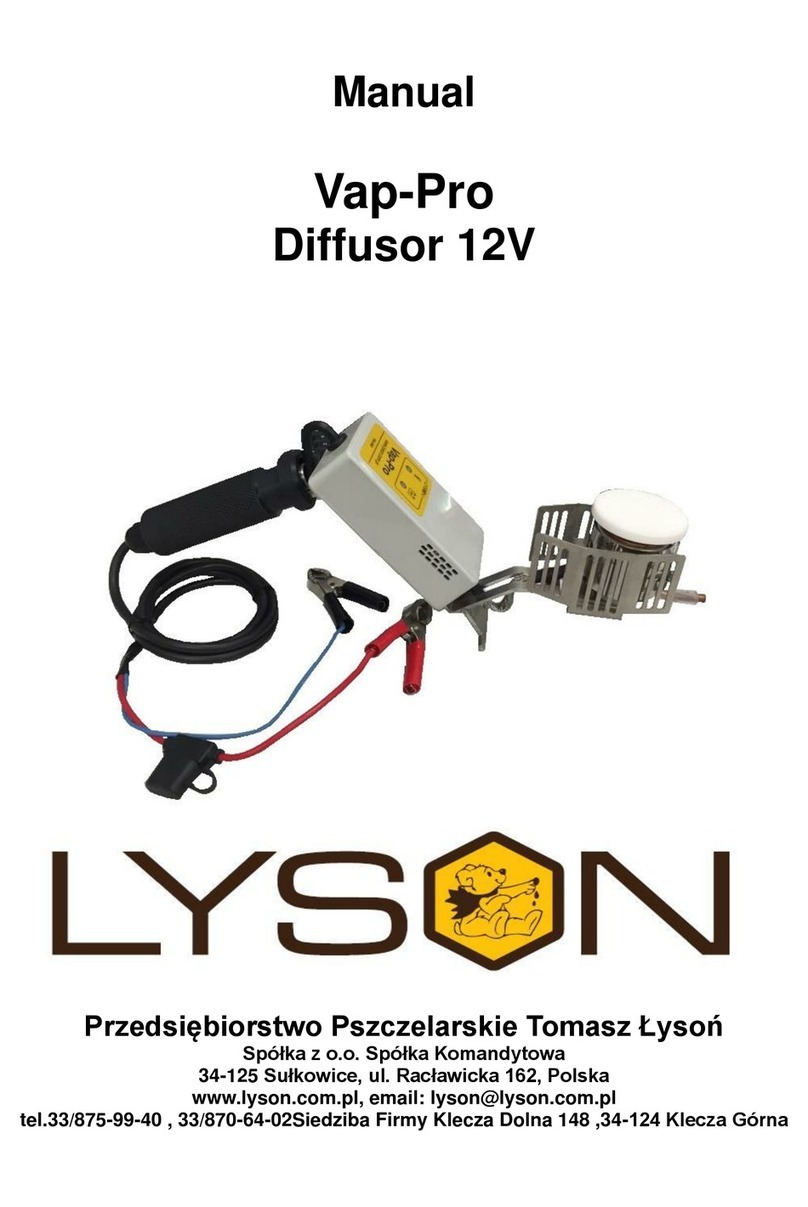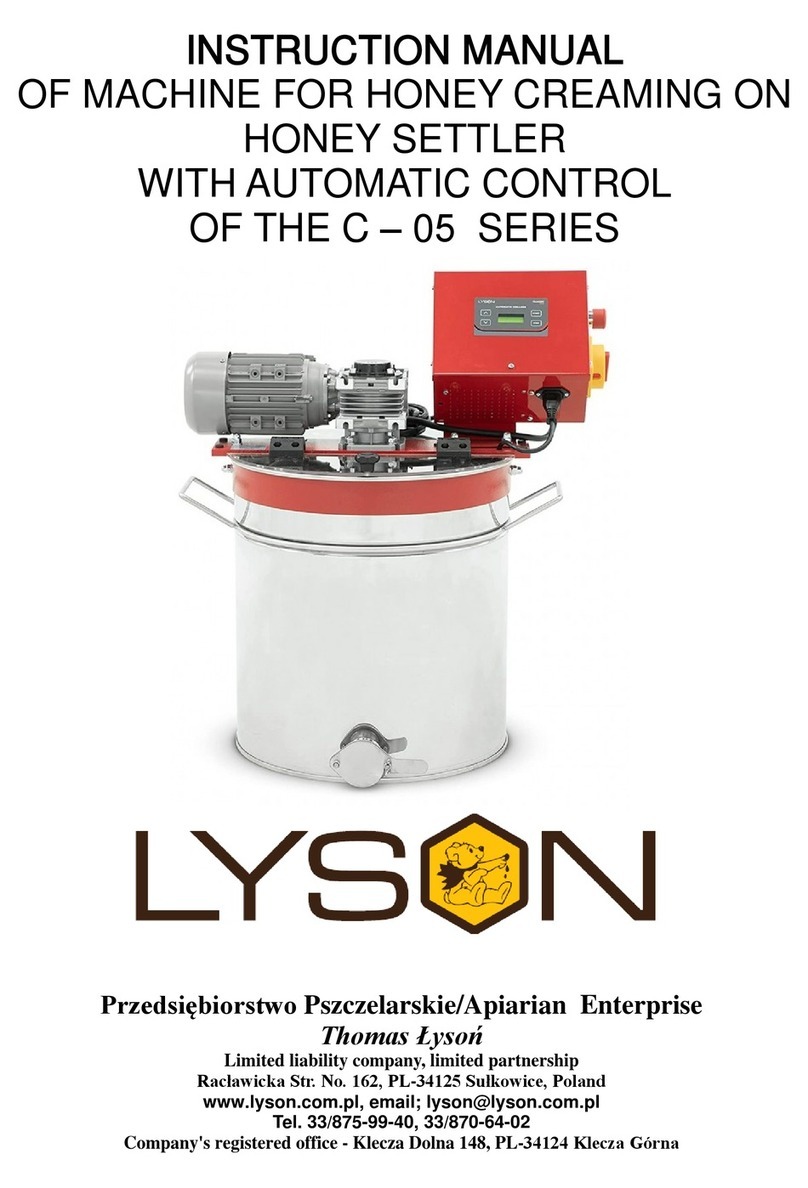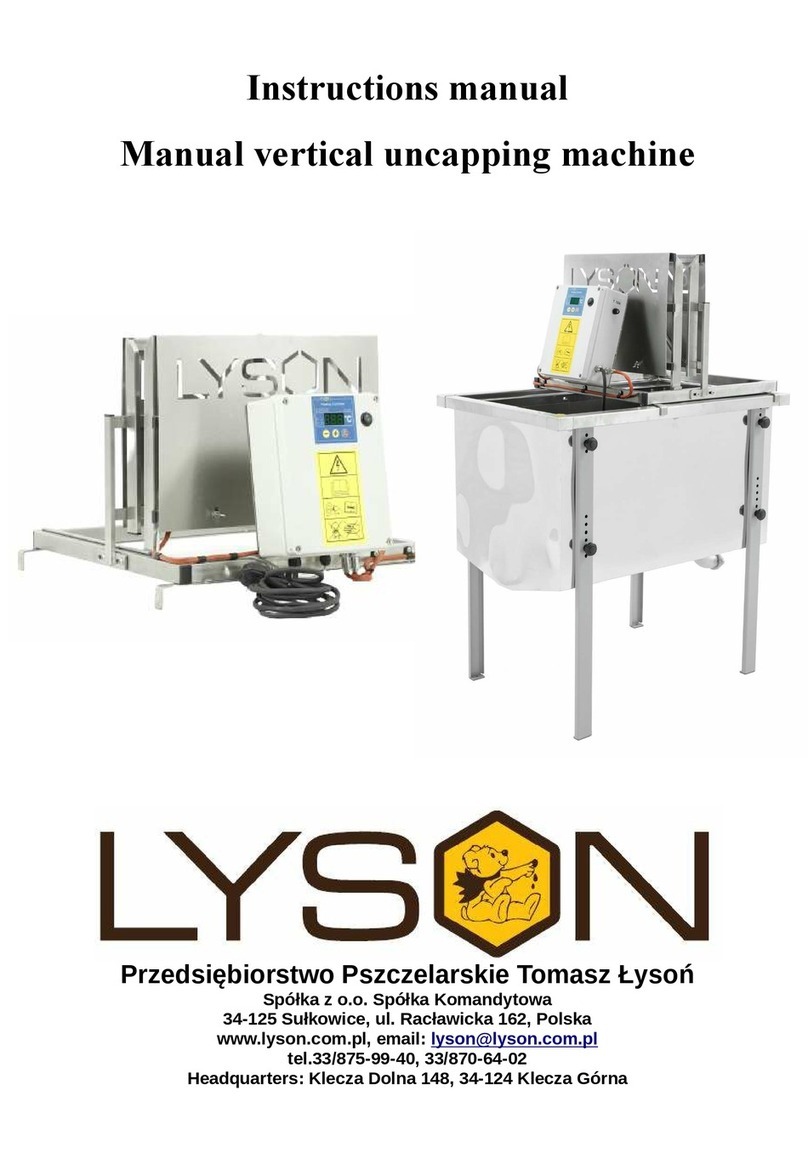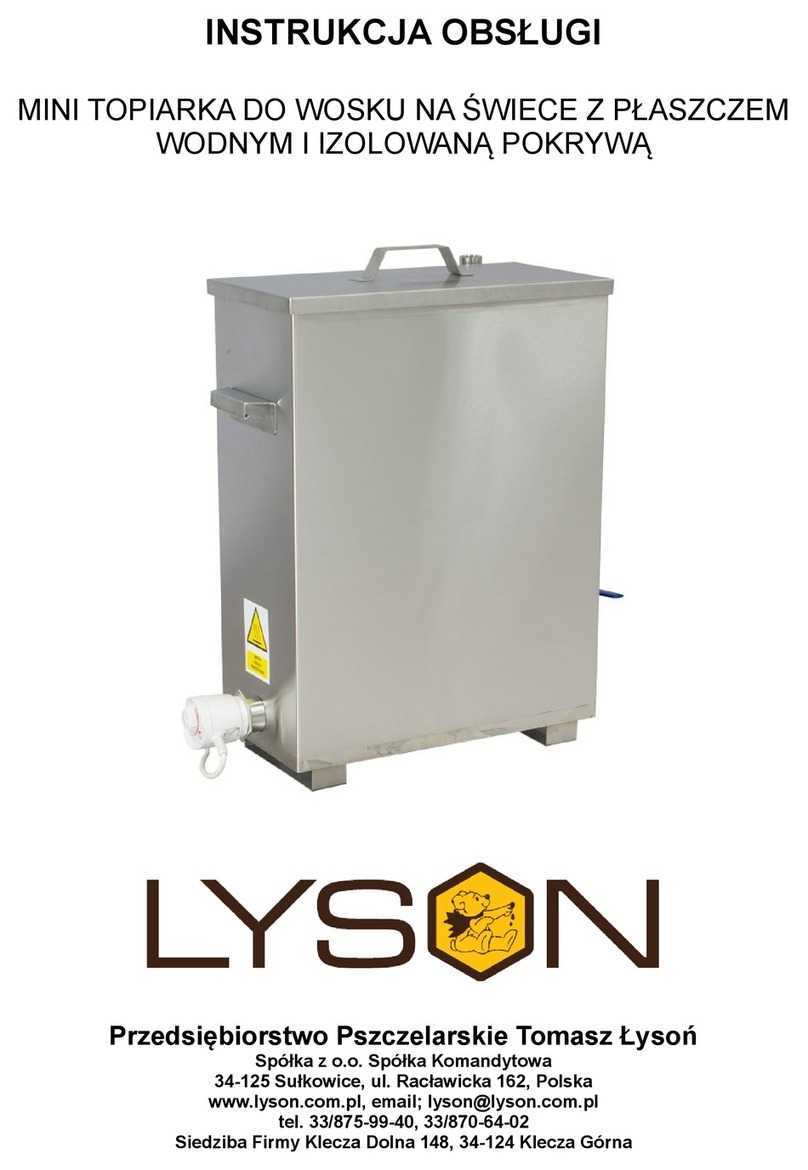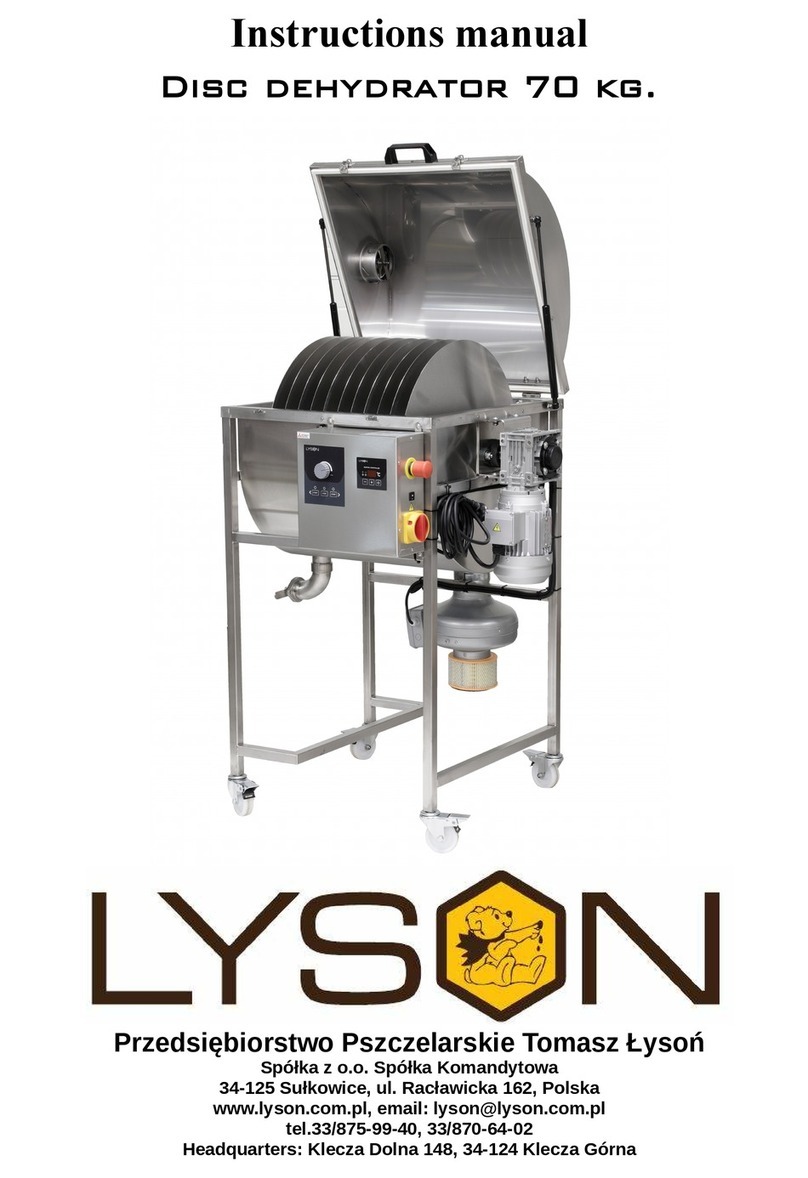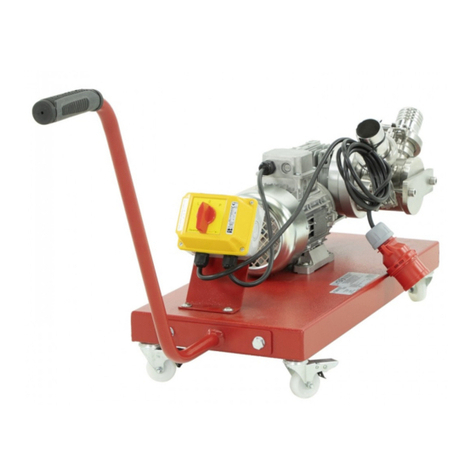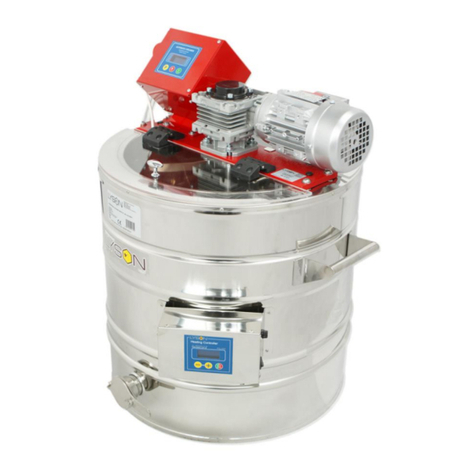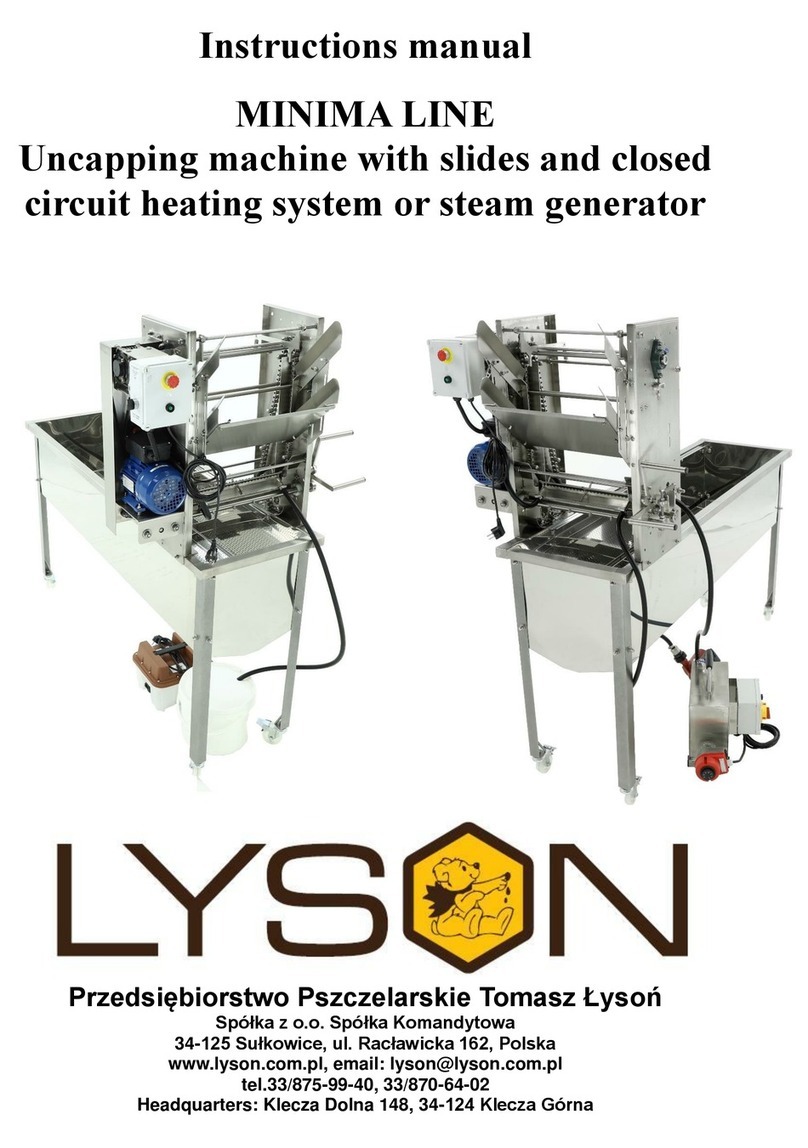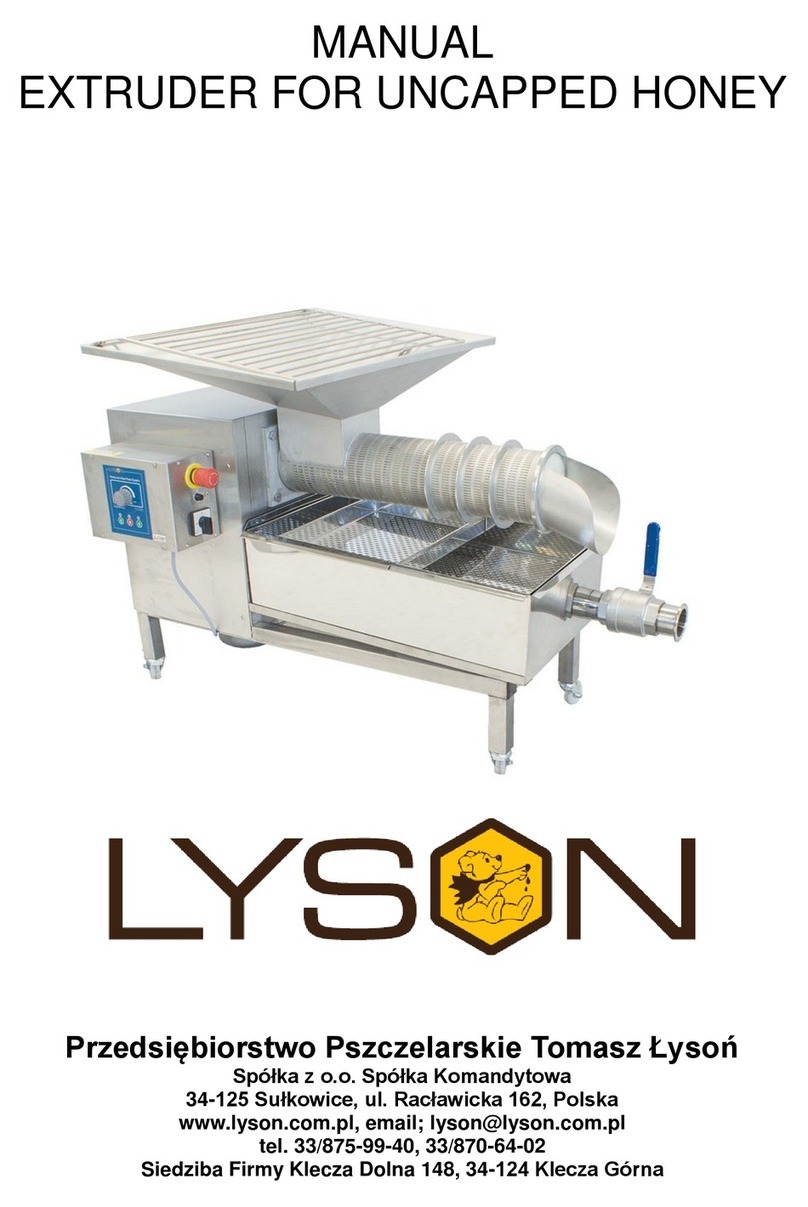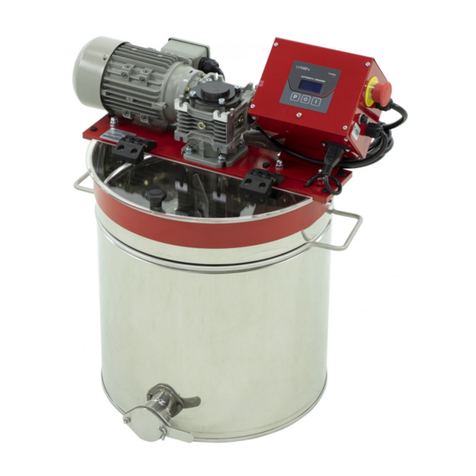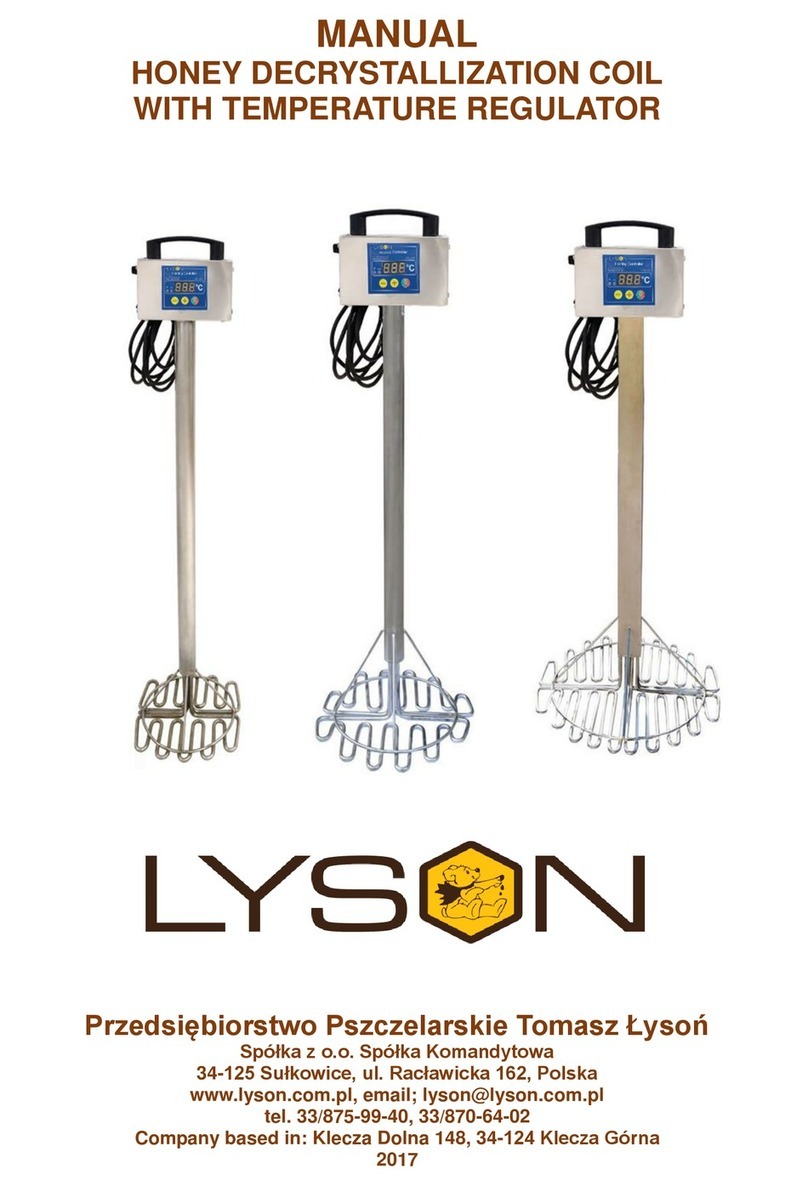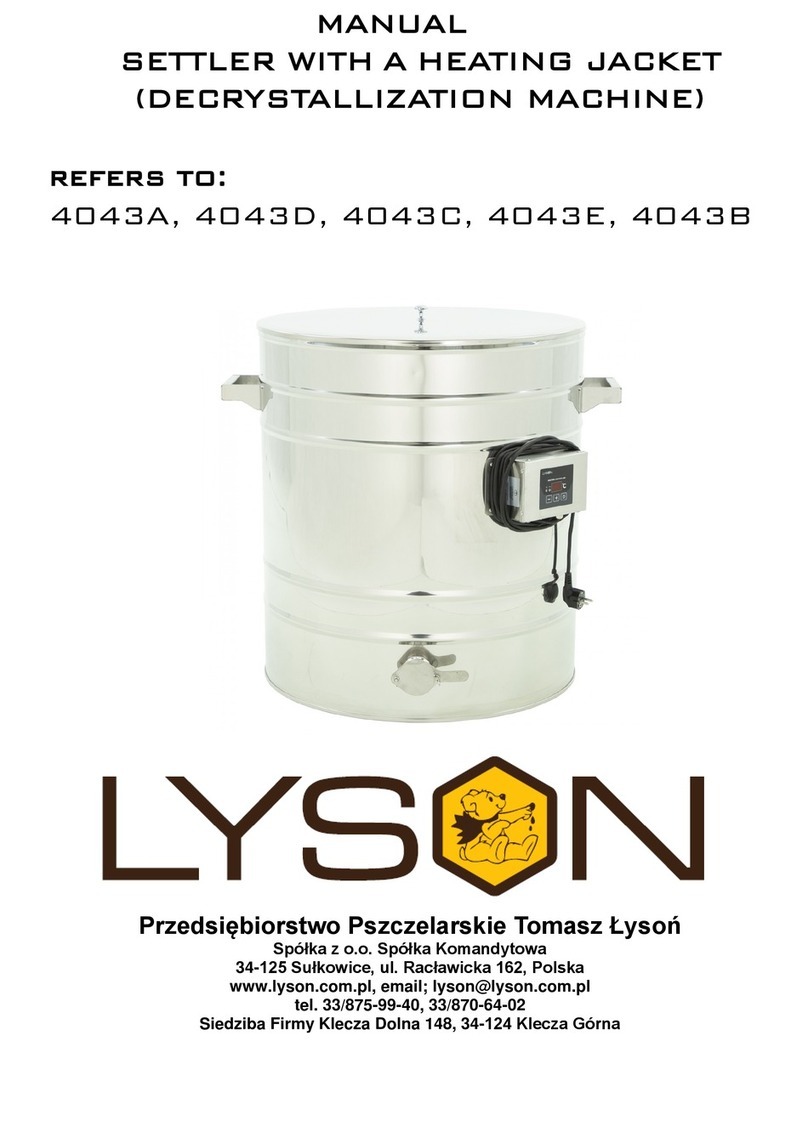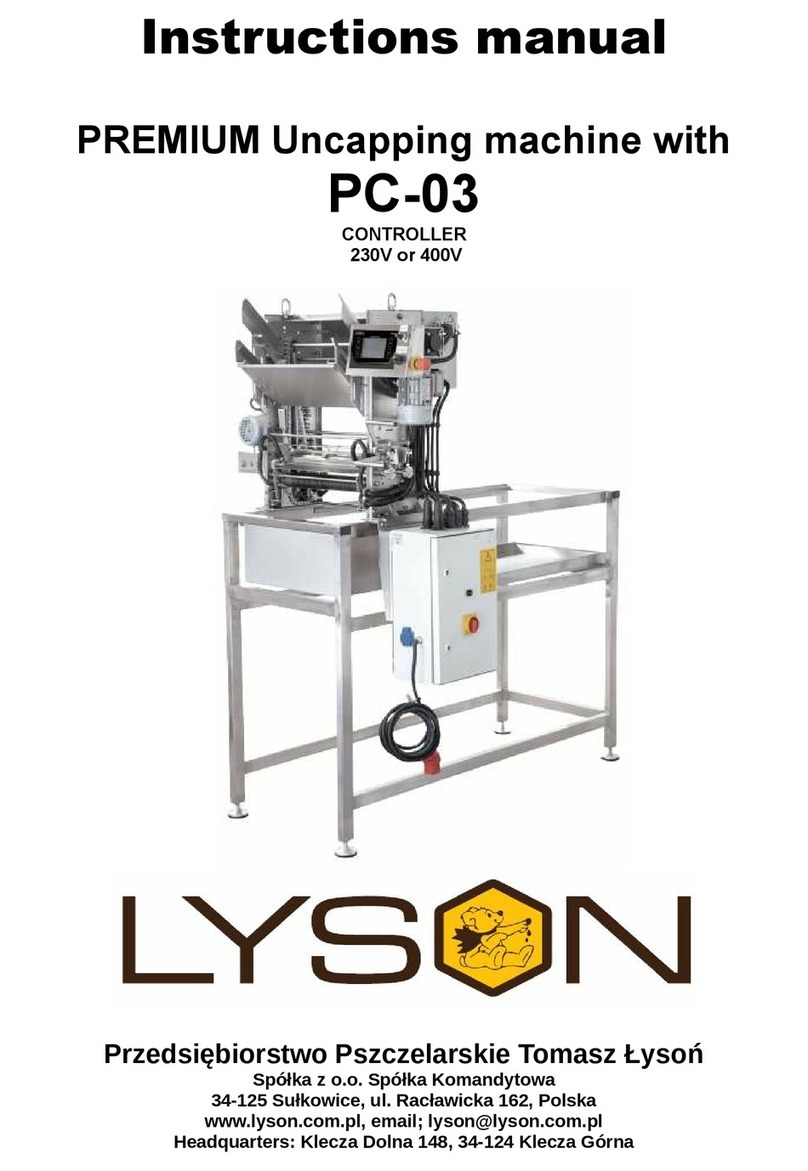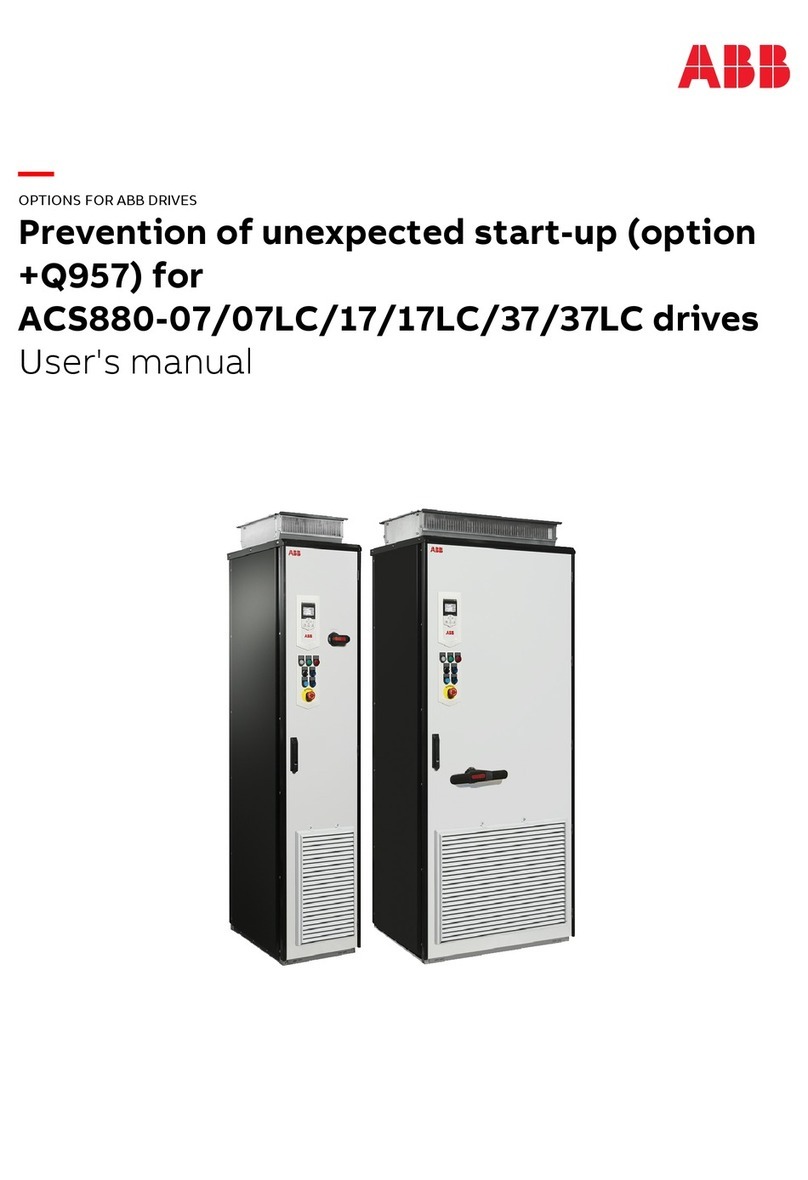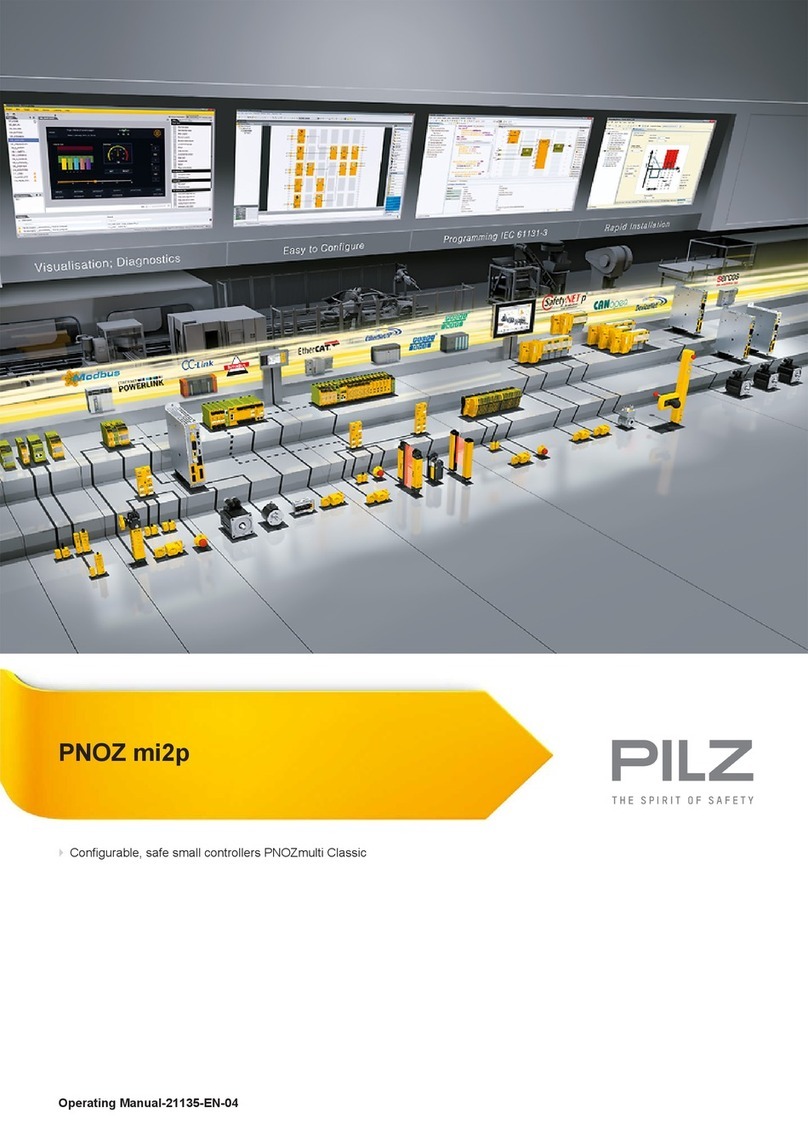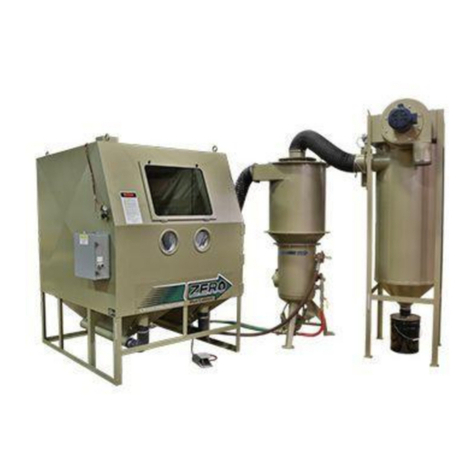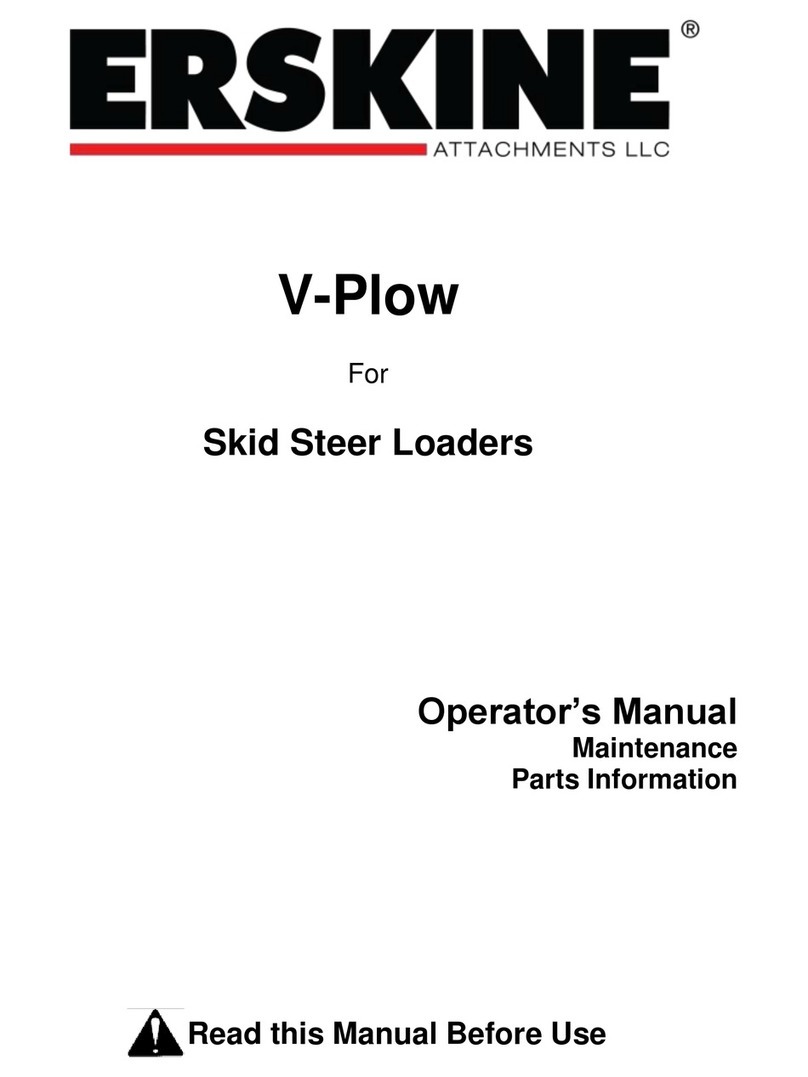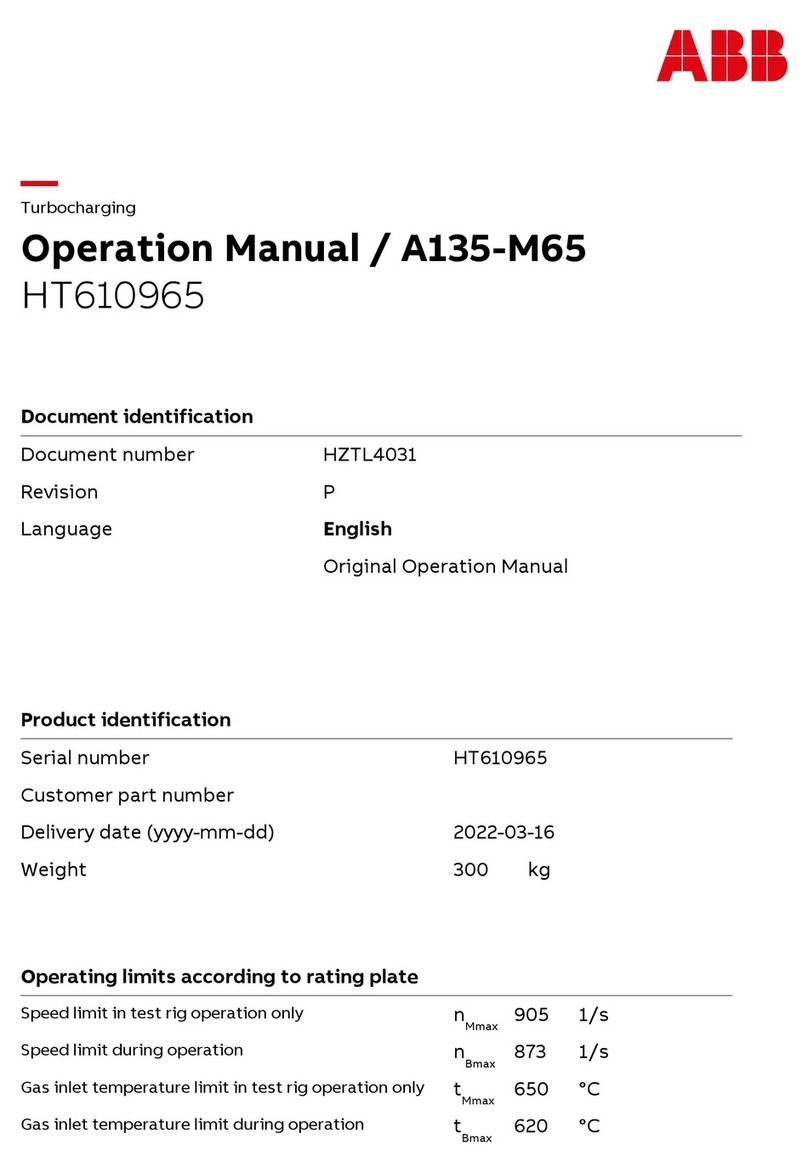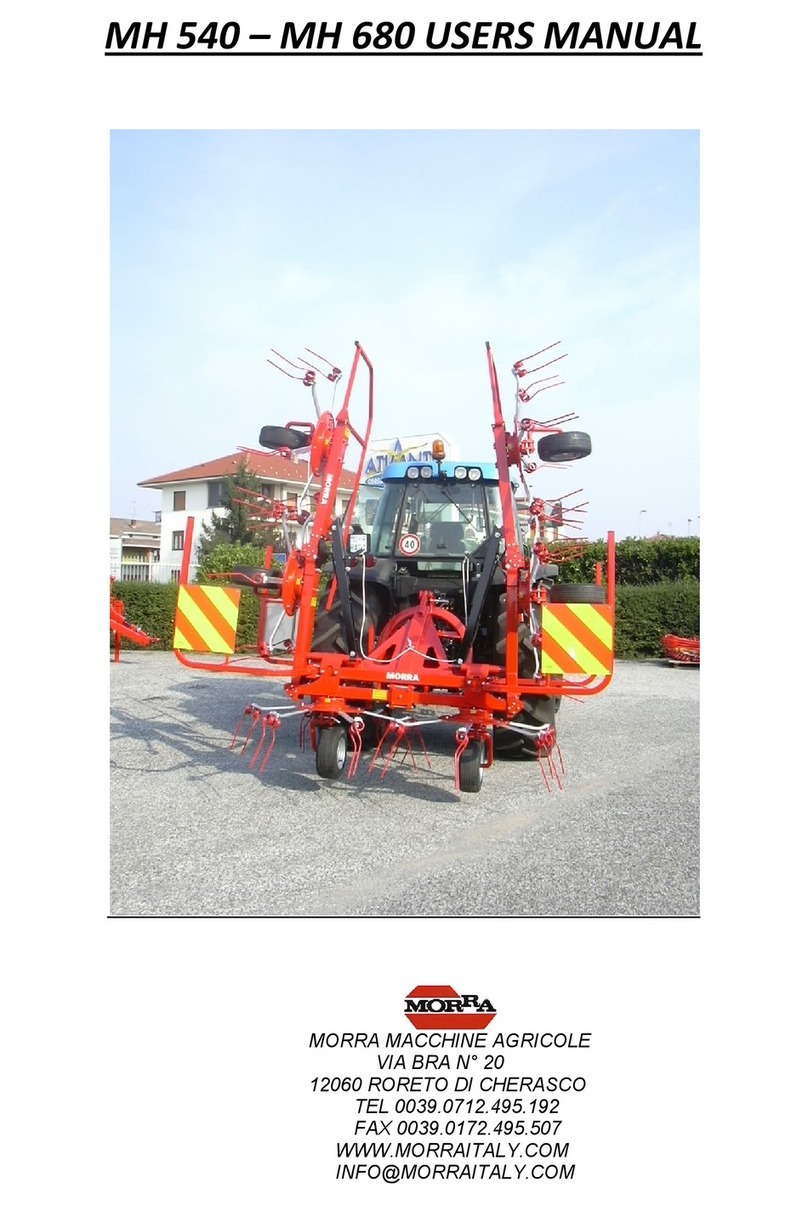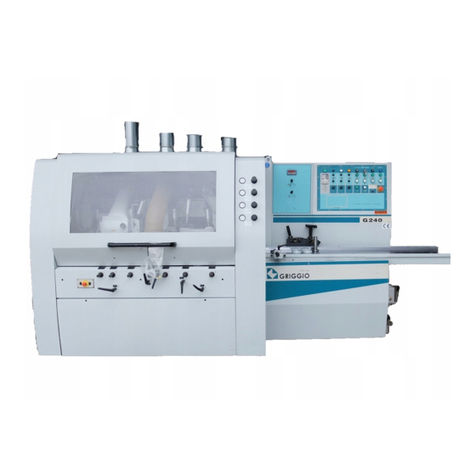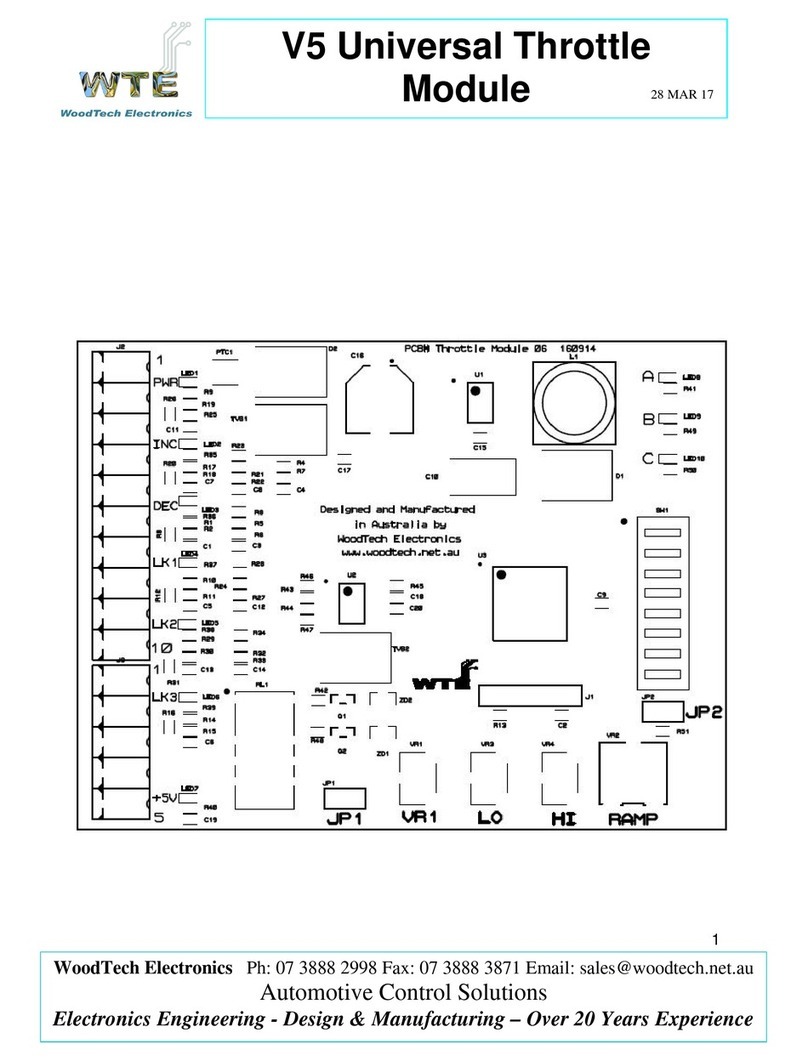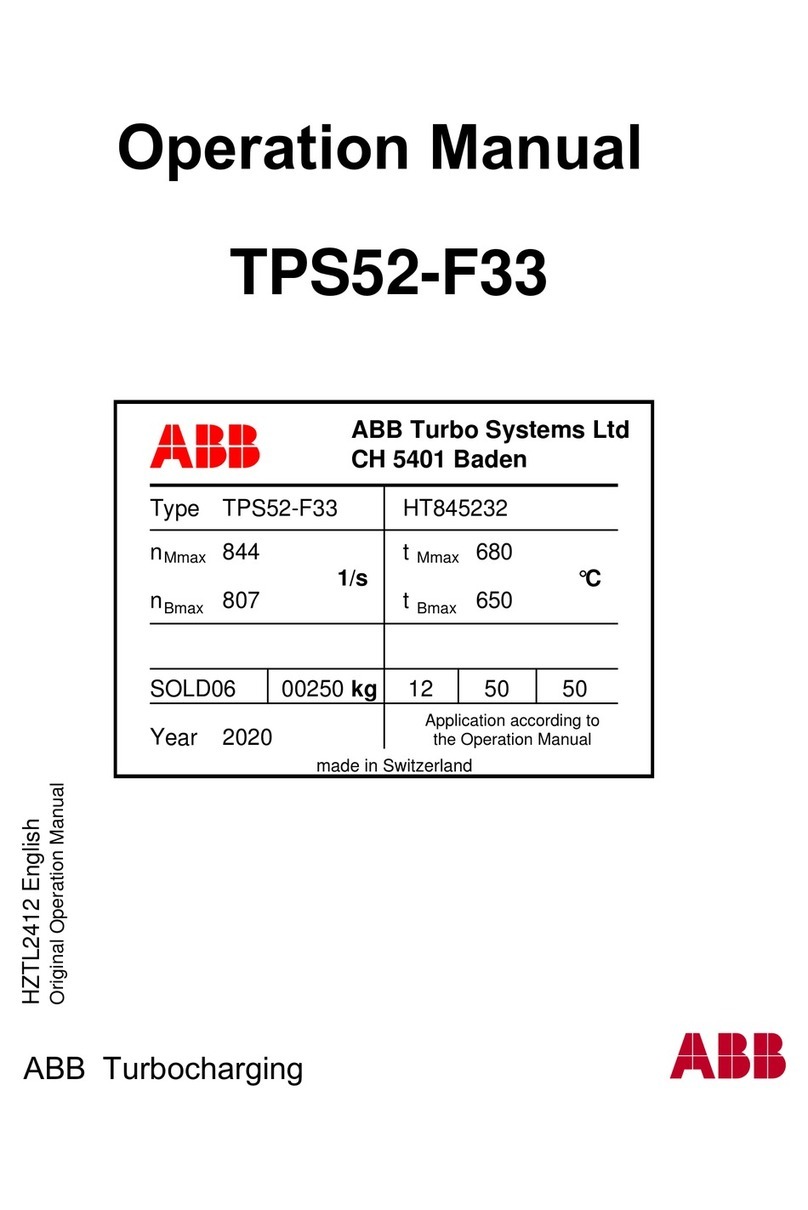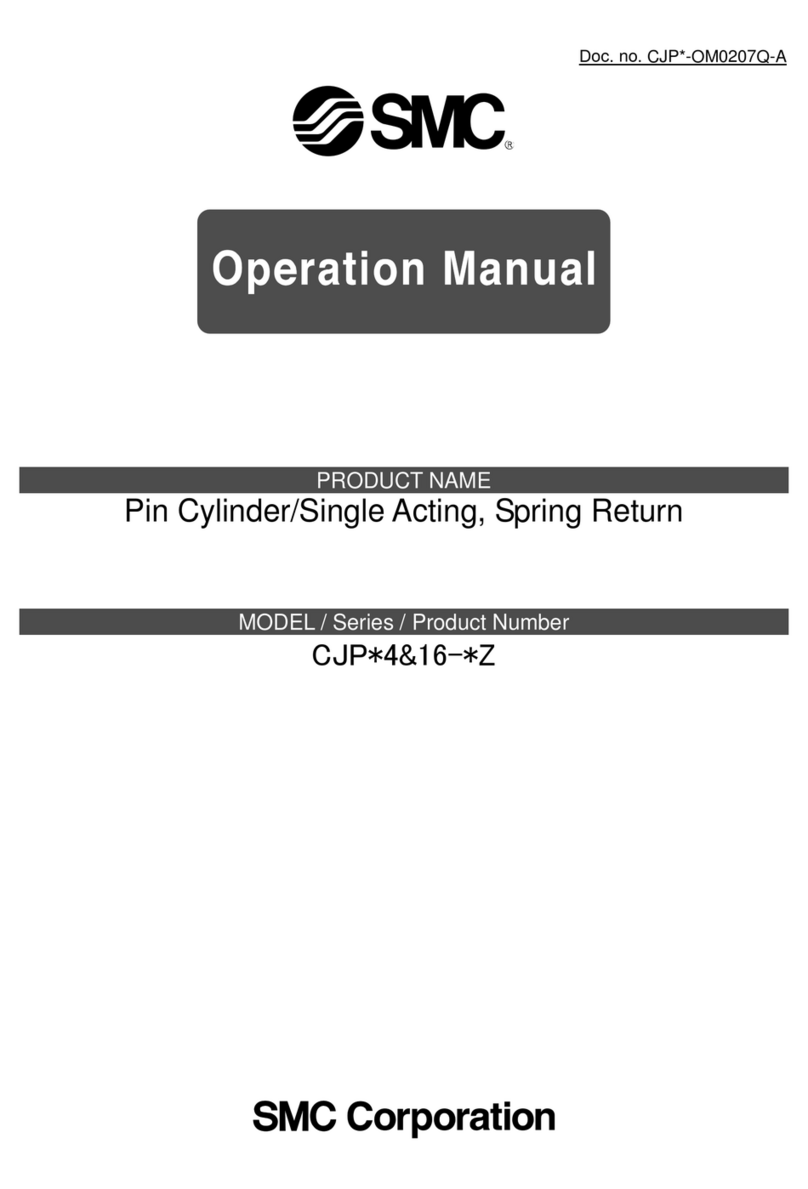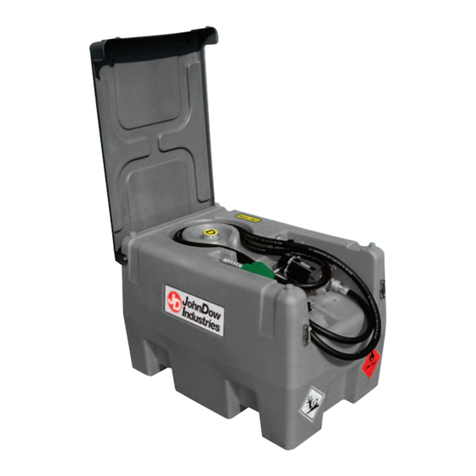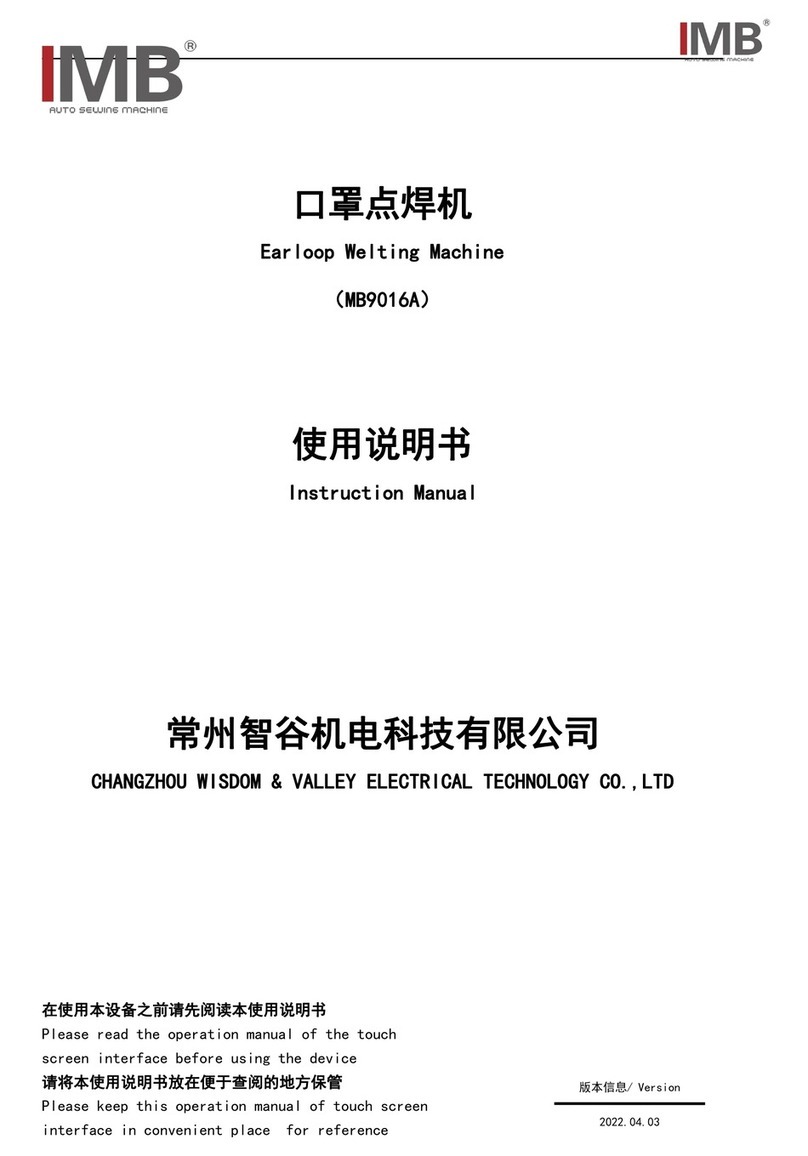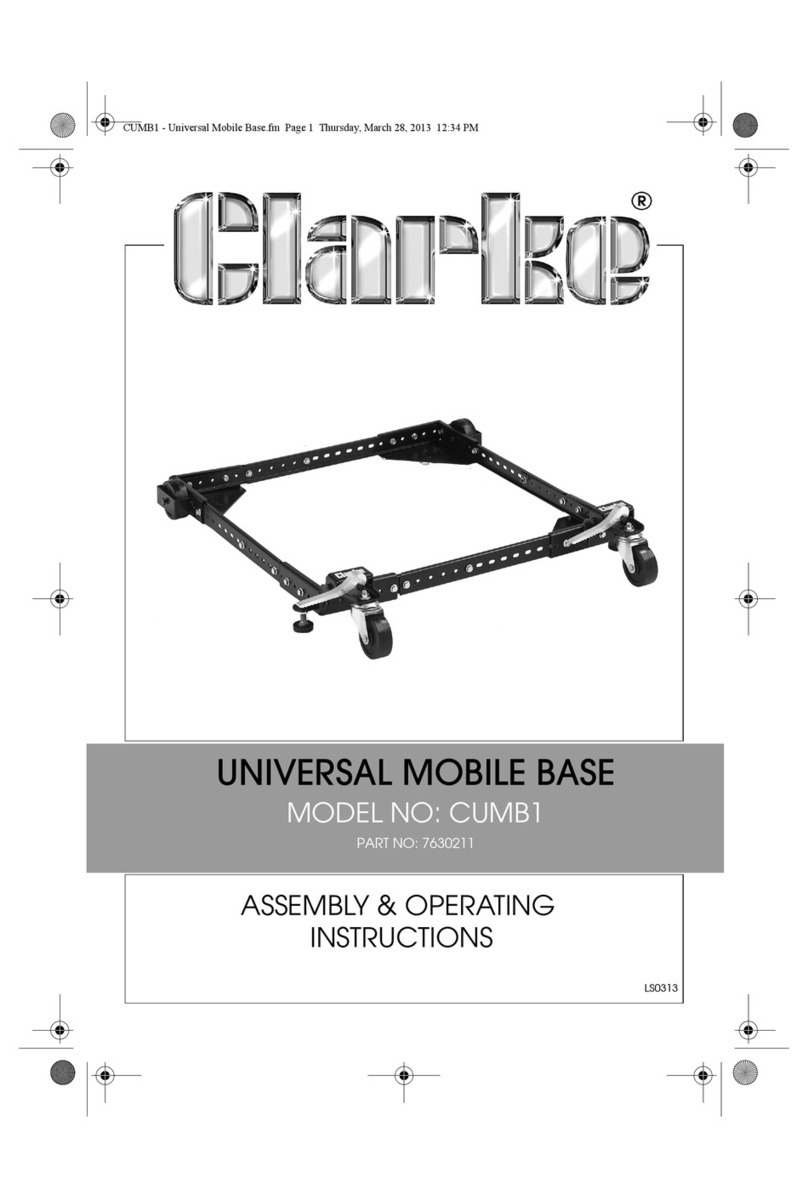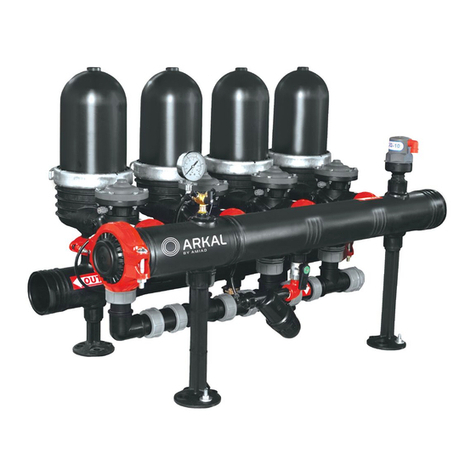
5 – button „+” value increasing
Working mode – pressing the button will increase the value
of preset temperature. During preliminary heating, the preset
temperature setting changes is blocked.
Working time setting mode – pressing the button will
increase the time after which the thermostat gets switched
off.
Display brightness setting mode – pressing the button will
increase the brightness of the display
Calibration mode – pressing the button will increase the
value of the transferred temperature, calibrating the
measuring duct in this way.
Preliminary heating time setting mode – pressing the
button will increase the time after which thermostat switches
from preliminary heating phase to proper heating phase.
Preliminary heating temperature setting mode pressing
the button will increase the value of preset temperature
which will be maintained during preliminary heating.
Preset temperature limit setting mode – pressing the
button will increase the value of maximum preset
temperature that can be set
6 –„ON/OFF” button
Short-time pressing of the button will activate (ON) and
deactivate (OFF) the regulator interchangeably. At
deactivated state (OFF) the regulator act as a thermometer.
At activated state (ON) , the regulator shall activate and
deactivate the outlet to control the heater in order to maintain
the temperature set by the user.
Longer pressing and holding of the button and subsequent
button releasing will activate the working time setting mode,
signalled with (Pro.) notice. In this mode, by means of “+” and
“-“ buttons , the user has a possibility to define the time after
which the controller gets deactivated, i.e. switches to the
OFF state. Exit from the mode and setting approval occurs
once the “ON/OFF” button is shortly pressed.
Longer pressing and holding of the button and its
subsequent releasing will activate the display brightness
setting mode – signalled with (d.br) notice.
In this mode, by means of “+” and “-“ buttons the user has
the possibility to set the brightness of the display segments.
Exit from the mode and confirming the setting occurs when
the “ON/OFF” button is pressed shortly. Longer pressing and
holding of the button and subsequent releasing of the button
will activate the calibration mode, signalled by the (CAL)
notice. In this mode by means of “+” and “-“ buttons, the user
has a possibility to adjust the temperature readings to the
real temperature. Exist from the mode and confirming the
calibration settings occurs when the “ON/OFF” button is
pressed shortly.
NOTE – the controllers supplied have been calibrated
already.
Longer pressing and holding of the button and subsequent
its releasing shall activate the preliminary heating time
setting mode, signalled by (P.tl) notice. In this mode by
means of “+” and “-“ buttons the user has a possibility to
define the time after which the controller gets switched from
preliminary heating phase to proper heating phase.
Deactivation of preliminary heating is signalled by the “OFF”
notice. Exist from the mode and setting confirmation occurs
when the “ON/OFF” button is pressed shortly.
Longer pressing and holding of the button and its subsequent
releasing will activate the preliminary heating temperature
setting mode, signalled by (P.tE.) notice.
In this mode by means of “+” and “-“ buttons the user has a
possibility to define the preset temperature that shall be
maintained during preliminary heating. Exit from the mode
and setting conformation occurs when the “ON/OFF” button
is pressed shortly. Longer pressing and holding of the button
and its subsequent releasing will activate the preset
temperature limit setting mode, signalled by (L.t.h.) notice.
In this mode by means of “+” and “-“ buttons the user has the
possibility to set the upper limit of the preset temperature
settings. Exist from the mode and setting confirmation occurs
after the “ON/OFF” button is pressed shortly.
NOTE – all controller settings and working state
(activated or deactivated) are stored in the non-
volatile memory.
Entering the access codes
During controller start-up (displayed controller’s
name, software version, settings), press and hold the “+” and
“-“ buttons. Once “---“ has been displayed on the screen,
buttons may be released and the relevant code can be set.
The code shall be confirmed by the “ON/OFF” button.
Working time setting mode (code L-0)
Display brightness setting mode (code L-0)
Calibration mode (code L-1)
Preliminary heating time setting mode (code L-2)
Preliminary heating temperature setting mode (code L-3)
Preset temperature limit setting mode (code L-4)
4.3. Controller error report
MHC1 controller has been equipped with advanced
mechanisms for error detection. Detection of any error
activates emergency work stoppage and triggers error report
screen. Error report screen is displayed in a continuous
manner. It is therefore necessary to disconnect power supply,
remove the error source and controller reactivation
Damaging the main processing
unit.
(E-3) T < Tmin
Too low temperature measured
by T1 sensor.
(E-4) T > Tmax
Too high temperature measured
by T1 sensor.
“-“ button damage/pressing
“+” button damage /pressing
“ON/OFF” button
damage/pressing
